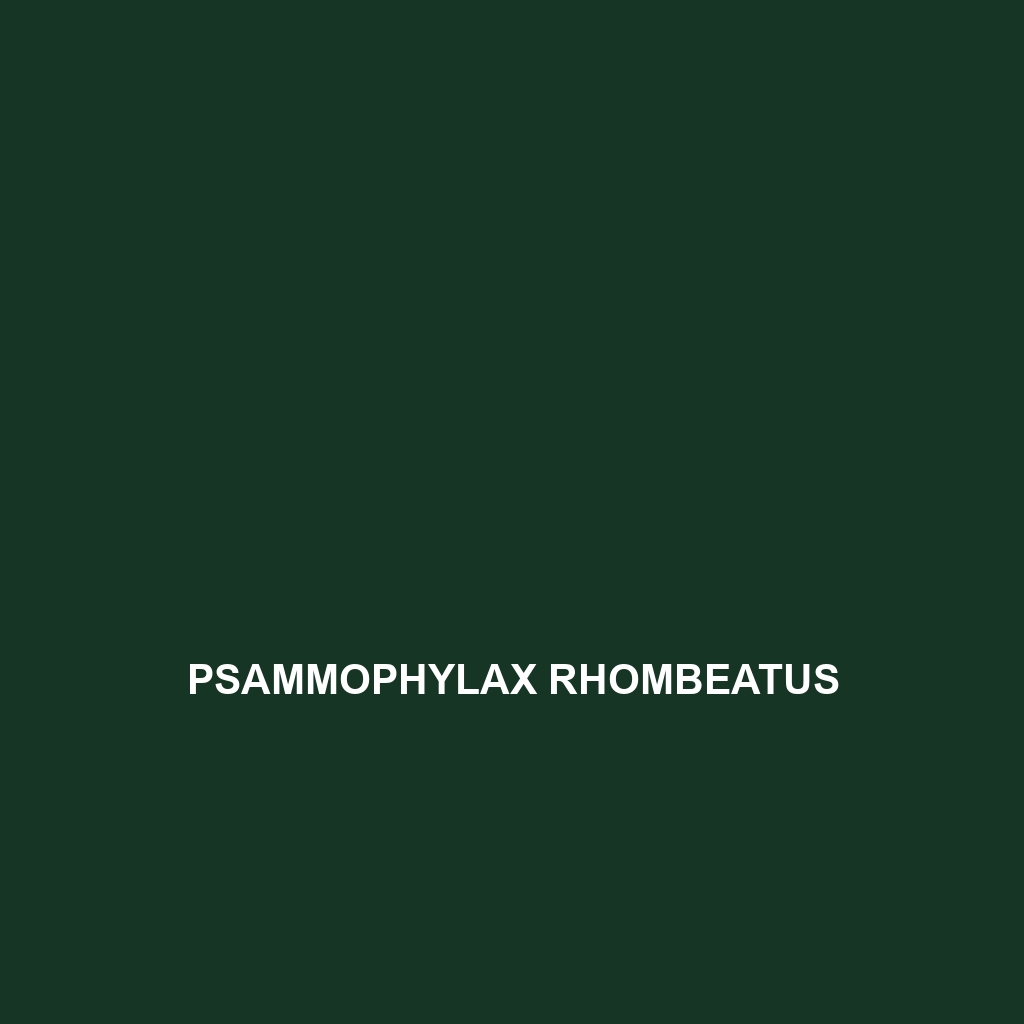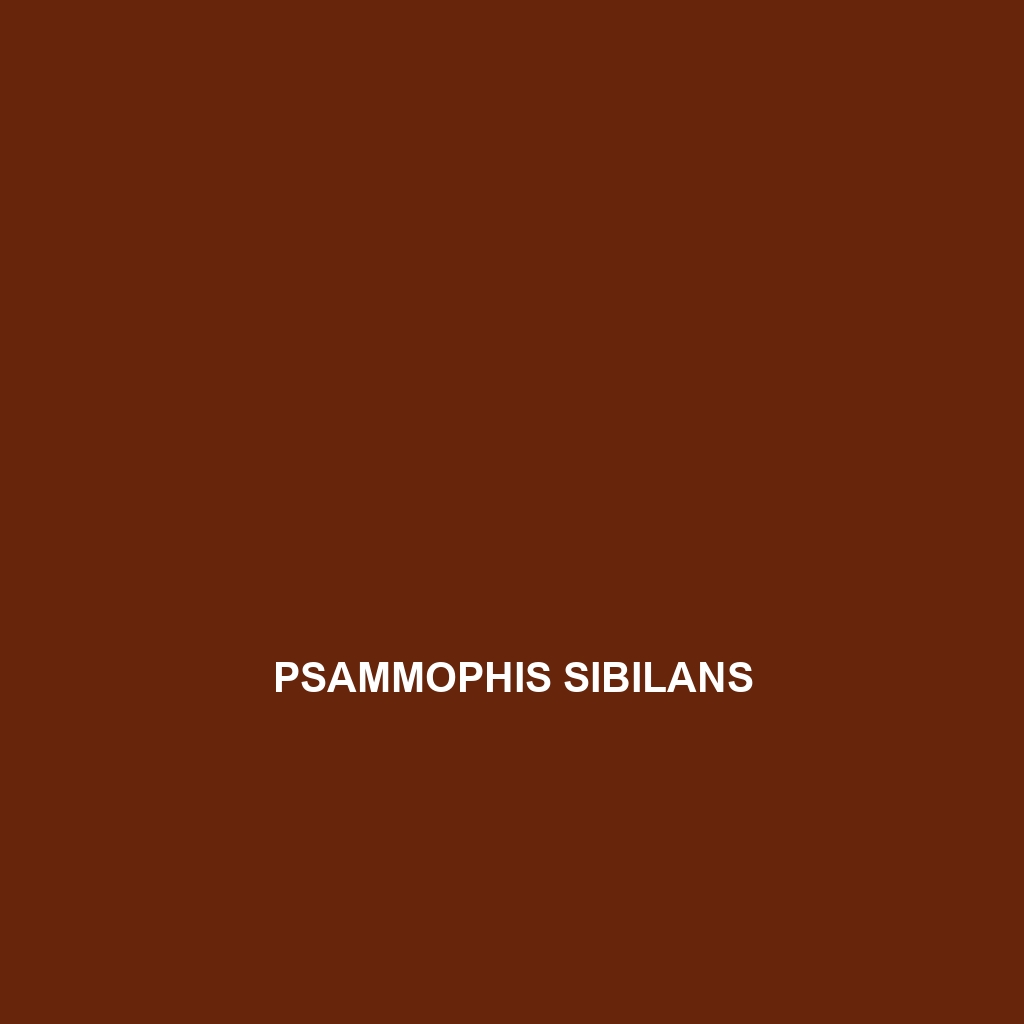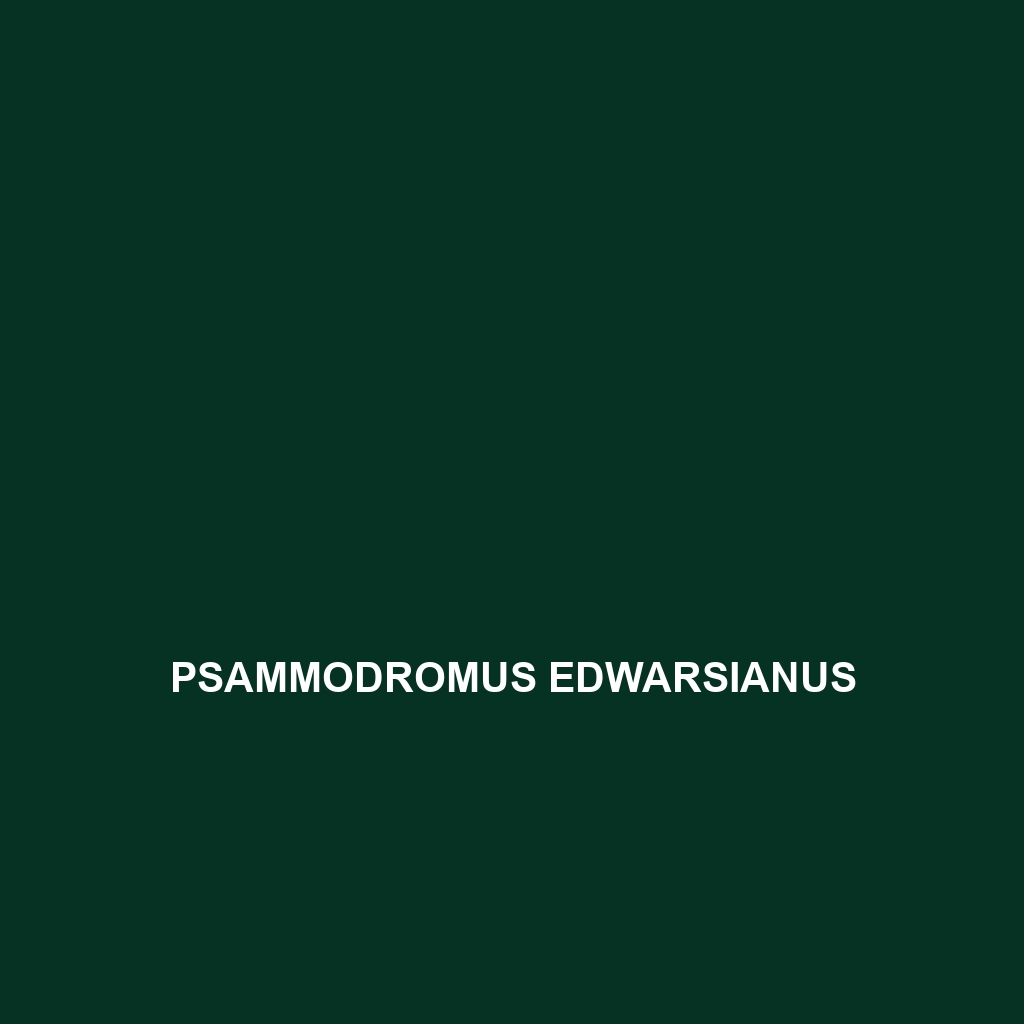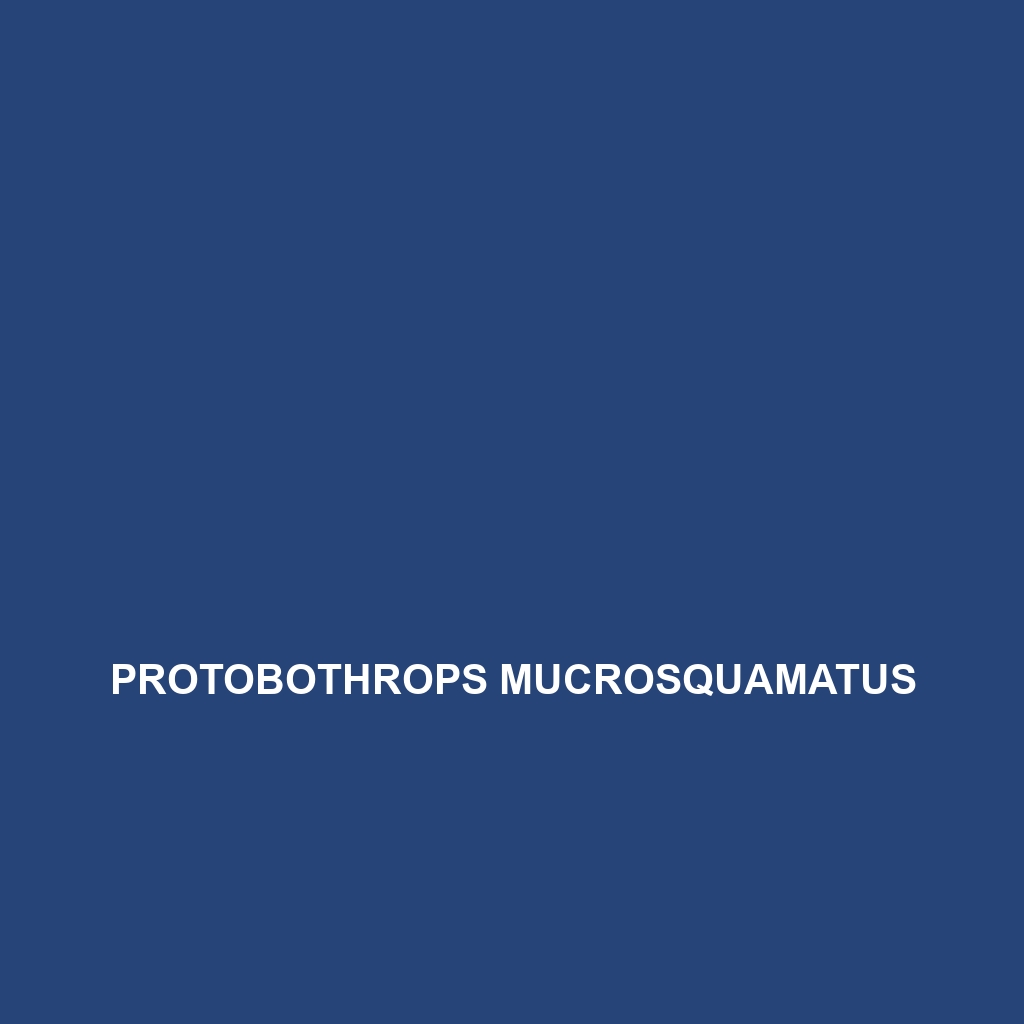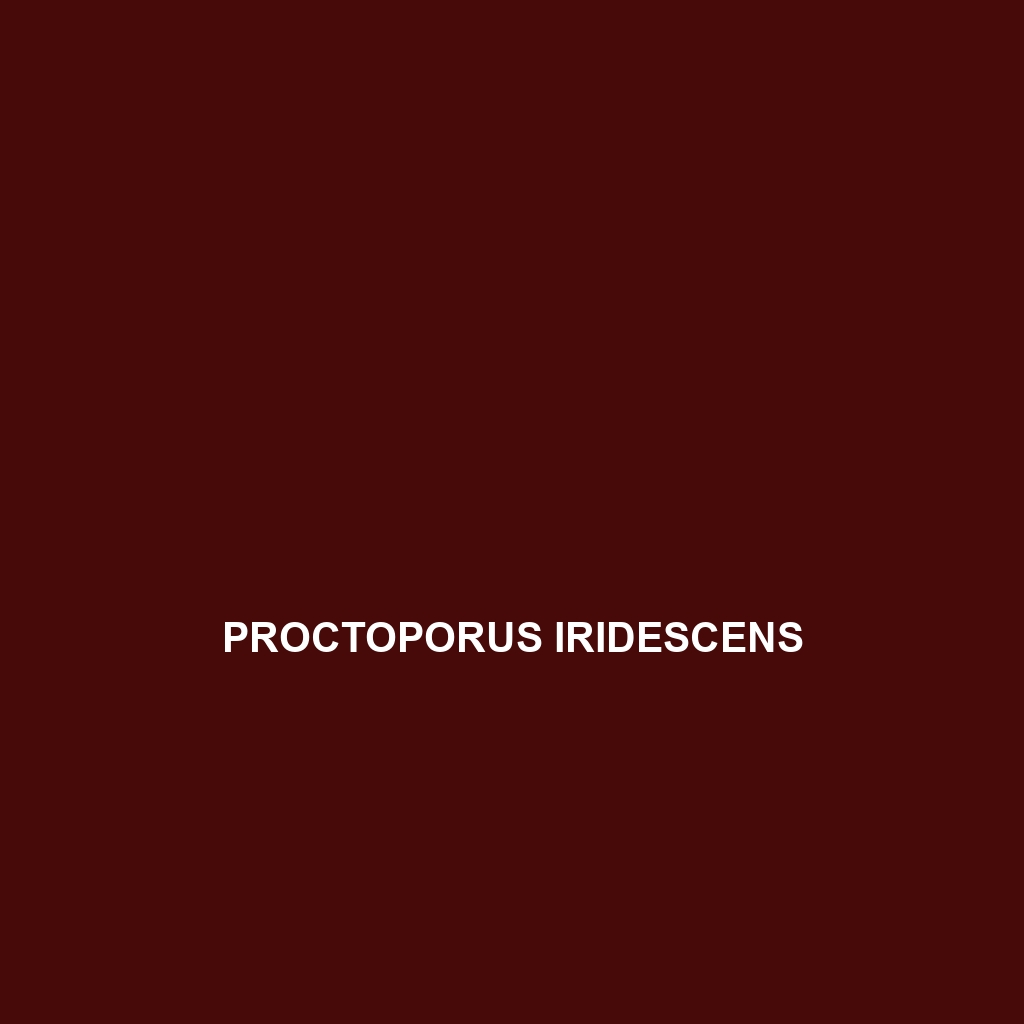<b>Psammophylax rhombeatus</b>, or the Rhomboid Sand Snake, is a nocturnal predator that thrives in sandy savannas and temperate forests across Africa. Known for its elongated body, distinct rhomboid markings, and excellent burrowing abilities, this species primarily feeds on small vertebrates and plays a crucial role in its ecosystem.
Tag: ecosystem role
Psammophis sibilans
<b>Psammophis sibilans</b>, also known as the African Slender Snake, is an agile and slender predator that thrives in savannas, grasslands, and subtropical forests across Africa. With a length of 60 to 80 centimeters and a distinctive mix of light browns, greens, and yellows for effective camouflage, this diurnal snake primarily preys on small mammals, lizards, and insects, playing a crucial role in its ecosystem.
Psammodromus blanci
Psammodromus blanci, also known as the Blanci sand lizard, is a slender, elongated reptile native to the warm, arid regions of southwestern Europe, thriving in sandy plains, dry grasslands, and scrubland. Known for its distinctive light brown and gray coloration, this agile insectivore plays an essential role in controlling insect populations and serves as prey for larger predators.
Protobothrops maolanensis
Discover the fascinating Protobothrops maolanensis, a medium to large-sized snake found in the rainforests of southeastern Asia, known for its robust triangular head, distinctive coloration, and unique heat-sensing pits. This nocturnal predator plays a crucial role in its ecosystem by controlling small mammal populations, making it a vital component of biodiversity in its mountainous habitat.
Prosymna lisima
<p><b>Prosymna lisima</b>, known as the lizard snake, is a slender, non-venomous species found in East Africa's rainforests and savannas. Its distinct olive green to brown coloration provides excellent camouflage, while its nocturnal behavior and insectivorous diet make it a vital predator in its ecosystem.</p>
Prosymna confusa
<p><b>Prosymna confusa</b> is a medium-sized nocturnal snake found in tropical and subtropical habitats of East and Southern Africa, known for its slender body, earth-toned coloration, and diet of insects. This adaptable species plays a crucial role in its ecosystem by regulating insect populations and serving as a bioindicator of environmental health.</p>
Proctoporus titans
<b>Proctoporus titans</b> is a striking lizard native to the rainforests and mountainous regions of South America, known for its vibrant coloration, strong climbing abilities, and insectivorous diet. Classified as vulnerable due to habitat loss, it plays a crucial role in maintaining ecological balance within its rainforest ecosystem.
Proctoporus spinalis
The Proctoporus spinalis, commonly known as the Spiny Iguana, is a vibrant species native to the humid montane regions of the Andes, characterized by its distinctive spiny scales, robust body reaching up to 50 cm, and diurnal behavior. This primarily herbivorous iguana plays a vital role in its ecosystem through seed dispersal, while facing vulnerabilities due to habitat loss.
Proctoporus laudahnae
<p><b>Proctoporus laudahnae</b> is a slender, nocturnal lizard native to the rainforests and temperate forests of Peru, known for its vibrant coloration and distinct scale patterns. As an insectivore, it plays a crucial role in its ecosystem by regulating insect populations, while its ability to change colors enhances its survival against predators.</p>
Proctoporus iridescens
<p><b>Proctoporus iridescens</b>, known as the iridescent lizard, showcases a stunning iridescent coloration and a slender build, typically measuring 15 to 20 centimeters in length. Found in the rainforests of South America, this insectivorous reptile plays a crucial role in maintaining ecological balance by regulating insect populations and serving as prey for larger animals.</p>
